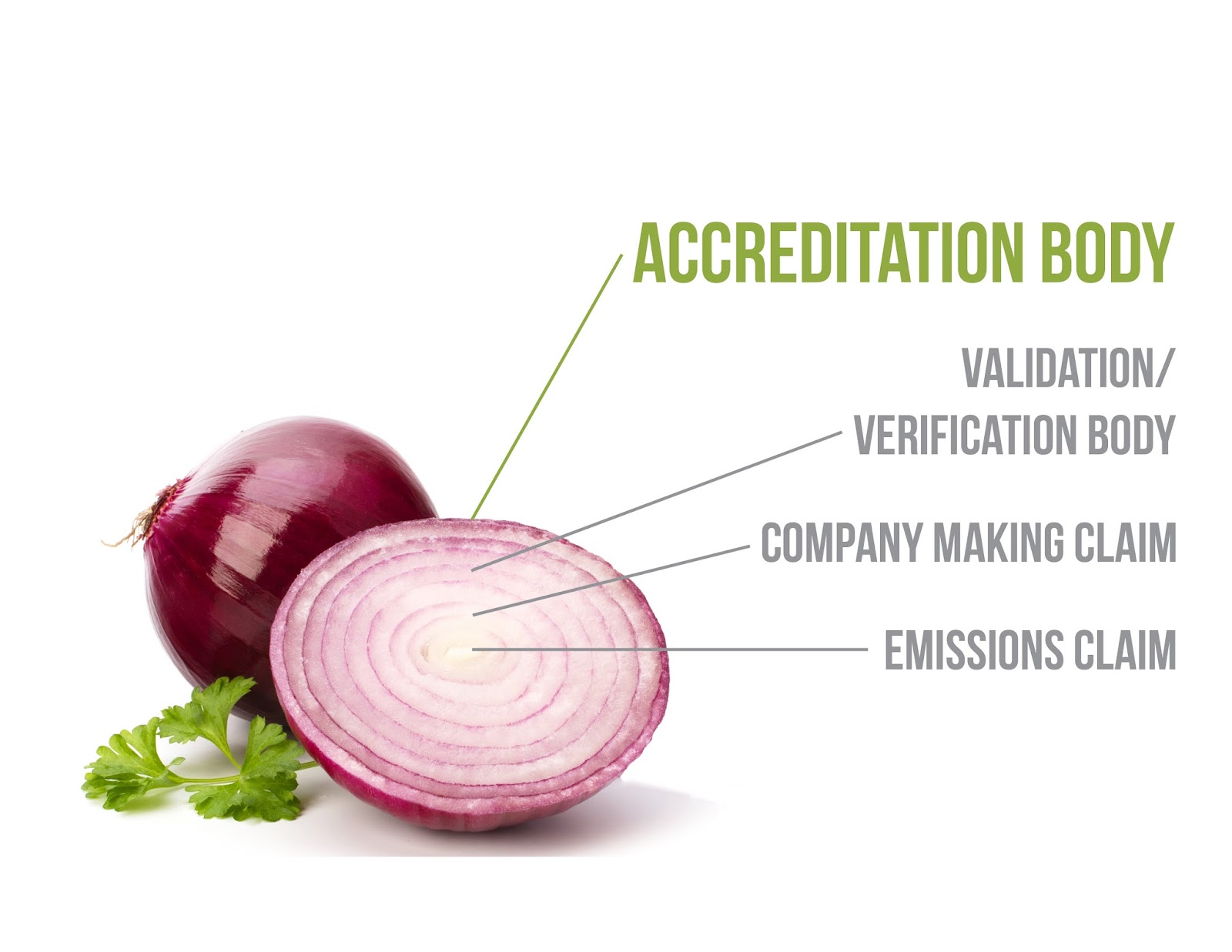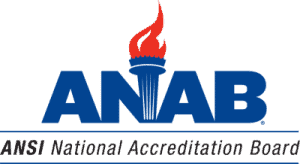ANAB Accreditation: Adding Trust to Emissions Claims

When you buy a product, you can look for a certification mark that tells you it has been tested and will be safe to use.
When you hire an employee, you can ask for his or her credentials, which tell you what particular skills he or she has.
And in the greenhouse gas (GHG) market, you can look to validation and verification bodies (V/VBs) to tell you whether emissions claims are correct.
But how do you know that the certification is accurate? That the credential is good? Or that the V/VB is trustworthy? Who is watching the watchers?
The answer lies in accreditation – an independent, third-party demonstration of quality assurance. In short, it is the highest level of competence assessment available in the marketplace today.
Accreditation can be hard to wrap your head around, but here’s an example that can help. There are many layers to quality assurance, like an onion. And as you go outward, each layer adds another dimension of confidence and credibility.
In the GHG space, at the center you’d find the emissions claim. The first layer of protection comes from the group making the claim. They are responsible for monitoring the data, making the reductions, analyzing the results, and making the claim itself. The next layer is the V/VB, which evaluates (validates or verifies) the accuracy of the claim. The outside layer is the accreditation body. They review the procedures, processes, and qualifications of the V/VB, and declare whether or not the V/VB is competent. The accreditation body doesn’t review the claim itself, or the company making it. Instead, they assess the V/VB to assure that their audits are in line with international standards and GHG program requirements. Working directly with the GHG programs ANSI sets into place a process of quality assurance and improvement transparency. This includes monitoring approved V/VBs on an ongoing basis to make sure that they are maintaining competent personnel and operate with transparency and impartiality.
There are a number of groups in the U.S. and internationally that offer accreditation services for GHG V/VBs. So if you are a V/VB, why should you come to the ANSI National Accreditation Board (ANAB) for this service? And if you are making an emissions claim, why should you look for a V/VB that has been accredited by ANAB?
Simply put, ANAB accreditation is the highest mark of quality available in the GHG emissions area.
Since its launch in 2008, ANAB’s GHG accreditation program has grown steadily and is recognized by a number of voluntary and regulatory programs. To date, ANSI has 21 accredited V/VBs and partnered in the efforts of other accreditation bodies that are operating or establishing similar programs globally, making ANSI an international leader in the field of GHG validation and verification accreditation.
ANAB relies upon international standards in the ISO 14064, 14065, and 14066 family to assess V/VBs. And ANAB itself operates in accordance with an international standard – ISO 17011 – and has been verified by government and peer review assessments.
ANAB is a member body of the International Accreditation Forum (IAF), and is a signatory to the Pacific Accreditation Cooperation (PAC) Multilateral Recognition Arrangement for Accreditation of GHG V/VBs. This arrangement ensures that ANSI undergoes rigorous audits by its international peers and holds its accreditation program to the highest standards. It also allows ANAB-accredited validations and verifications to cross borders in the Asia-Pacific region, which reduces the need for costly and duplicative conformance measures.
Going back to our onion analogy, you probably wouldn’t buy an onion that was missing its outer skin. Similarly, accreditation provides a layer of confidence in the entire system, especially in the environmental space where fraudulent or misleading claims can erode confidence. And ANAB accreditation is the strongest assurance of accuracy, quality, and competence.
Learn more about ANAB accreditation for greenhouse gas verification and validation bodies here.






